The term Python AI is an integration of the Python programming language with Artificial intelligence. With the Python AI tutorial you will understand the fundamentals and advanced AI concepts using Python programming language.
To understand this complete tutorial you must be familiar with the basic concepts of Python and artificial intelligence. Python is one of the best methods to learn about artificial intelligence for both beginners as well as professionals. In this tutorial you will leverage the power of Python programming and artificial intelligence together.
What is Python AI?
You must have heard about this term “Python AI” taken together at various places whenever we talk about artificial intelligence, machine learning and more. Python is one of the most important assets in Artificial intelligence which can be used to build smart intelligent systems, machine learning algorithms, neural networks, and more.
Python has the solutions to almost all your logical complex problems. It provides users with an extensive library, community support and easy to understand syntax. Python empowers artificial intelligence and make it possible for humans to interact with this advanced intelligence technology.
Why Python For AI?
Python is more preferred for AI because of multiple reasons such as clean and concise syntax, dynamic typing capabilities, and more. Python supports many programming language paradigms such as object oriented, functional programming, procedural and more.
Python also provides an extensive collection of libraries with predefined methods and features. Among these libraries, some are specifically tailored for Machine learning algorithms and AI. Python AI libraries like TensorFlow, PyTorch, Scikit-Learn, Pandas, NumPy, and more. These libraries provide pre-written code which can execute a specific function without having to write a program over and over again.
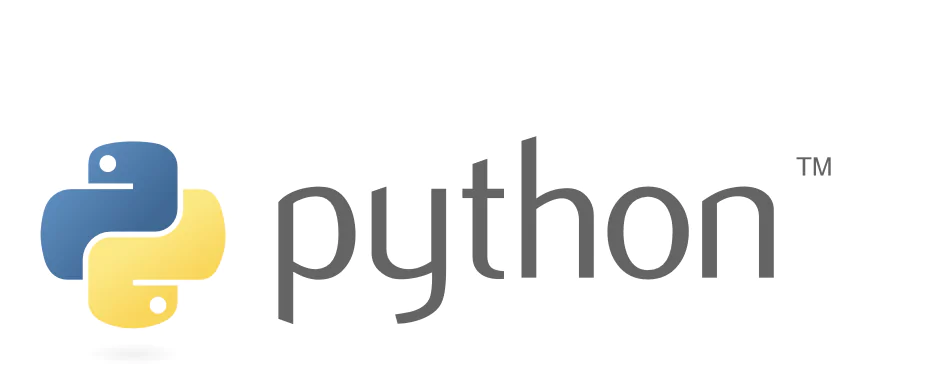
Python with the help of NumPy and Pandas can perform data manipulation and analysis with cleaning, transformation, preprocessing and more. You can also perform visualization with Python using Matplotlib and Seaborn python libraries.
Python has a vast active community support where experts and learners are present. You can get access to documentation, ask queries, through forums, user groups, and more. The best part of Python is that it can integrate with any platform easily. Python can help you in building simple AI models to even complex AI powered applications from cleaning data, preparing them to visualization and deployment, everything involves Python as its mediator.
Essential Python Libraries For Artificial Intelligence
Let us now have a look at some of the most important Python AI libraries which can help in building Artificial intelligence models and other different aspects of AI.
| Library | Uses |
| NumPy | This is a fundamental package for scientific computing; it supports arrays, linear algebra, and numerical operations. |
| Pandas | Pandas can perform data manipulation and analysis using data structures like DataFrame for handling structured data. |
| Matplotlib | It is used for plotting and visualizing data; creates static, animated, and interactive graphs. |
| Seaborn | This is used for Statistical data visualization built on top of Matplotlib simplifies the creation of complex plots. |
| Scikit-learn | This Python AI library is a Machine learning toolkit offering tools for classification, regression, clustering, and dimensionality reduction. |
| TensorFlow | It is an open-source framework for machine learning and deep learning; used for training and deploying neural networks. |
| Keras | Keras is a high-level API for building and training deep learning models; runs on top of TensorFlow. |
| PyTorch | Deep learning framework emphasizing flexibility and speed; popular for academic research and production. |
| NLTK | This toolkit is used for natural language processing; used for text preprocessing, classification, and language modeling. |
| spaCy | Industrial-grade NLP library focused on performance and large-scale text processing. |
| OpenCV | Computer vision library for image and video processing, facial recognition, object detection, etc. |
| SciPy | Scientific and technical computing; provides modules for optimization, integration, interpolation, and more. |
Best Way to Learn Python AI (Artificial Intelligence)
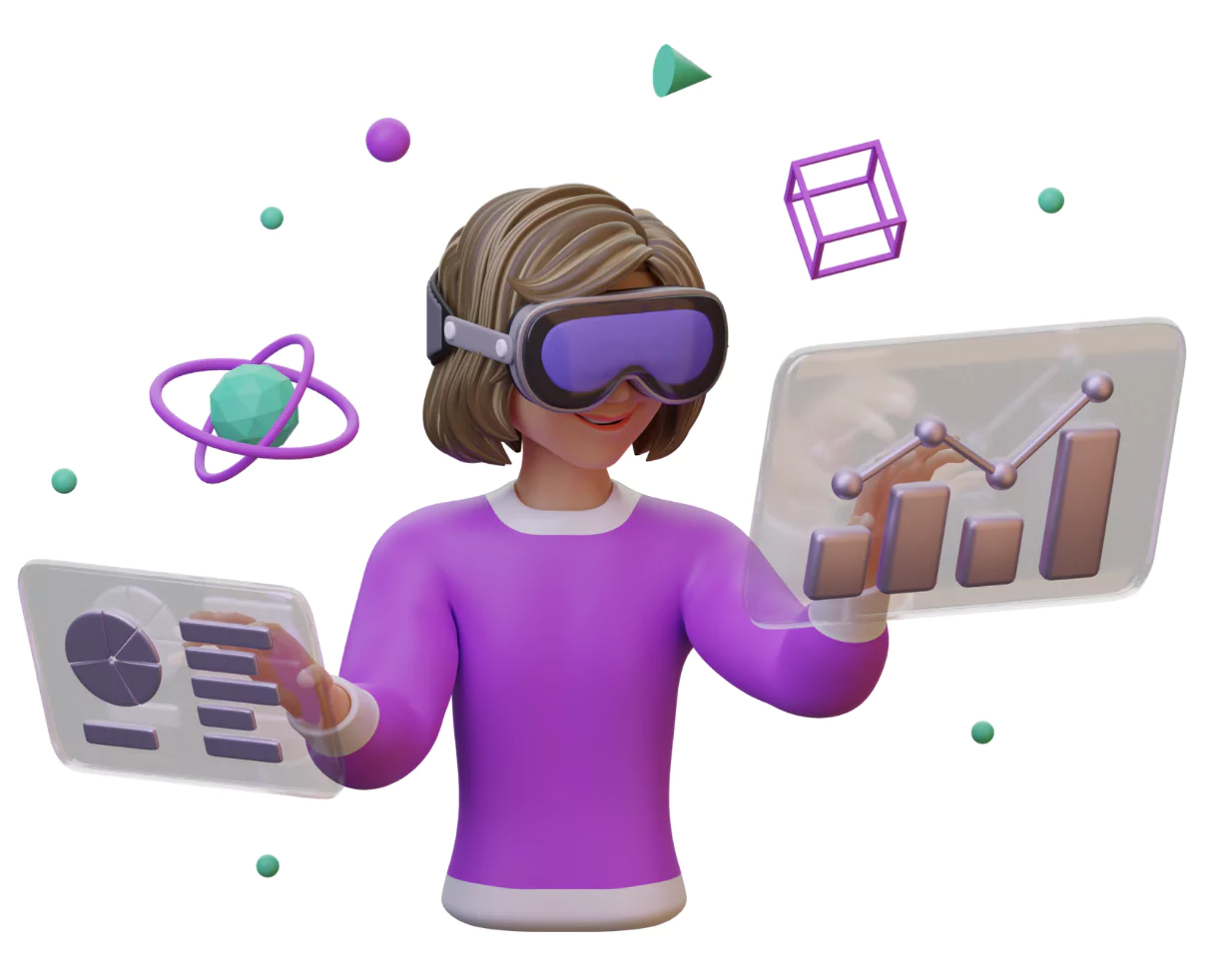
It is important to be familiar with the best way to learn Artificial intelligence with Python. Let us get through the best way to align a well defined approach below.
1. Adapt to a Self Learning Method
As artificial intelligence is a new field filled with many possibilities to be discovered and hence it would be best to explore and keep learning the various features of artificial intelligence with Python. Collect quality learning resources and tutorials from PW Skills Online Courses.
2. Start with a Self Paced Course
You can find a course which will not only give you in-depth information about both Python as well as artificial intelligence but will also provide you with hands on learning with capstone projects.
Enroll in PW Skills Decode Python With DSA Course to learn and master Python programming language and then enroll in our Generative AI Course to move further.
3. Focus more on Building Projects
Practical learning is the best way to master a framework, concept or tools. You must select a project and then start building it little by little and keep clearing all the concepts and important frameworks along the way.
Master a concept and then try to implement whatever you have learnt into your project. This method will help you boost your understanding and strengthen your learning.
4. Communicate & Get Feedback
Try to keep in collaboration with different communities, groups, forums and more related to Python and AI and it will help you get more exposure in Python ai. You will get to learn new concepts of Python and artificial intelligence.
5. Keep Yourself Updated
AI is a rapidly growing field with people having interest from different fields and backgrounds. You need to keep yourself updated and keep on looking for the latest frameworks, tools and technologies in the market.
Artificial Intelligence Fundamentals
Artificial intelligence relies on six core building blocks for its operation where at first stage is data preparation which is an important segment used to clean, transform and organise raw data into structured and organised manner. Now with the help of machine learning models and algorithms we can uncover patterns, make predictions, and continuously keep on improving the majority of the experience.
In ML we have a powerhouse in deep learning where many neural networks handle complex tasks such as speech recognition, image, speech. We also have Natural Language Processing which gives the computer which can be used to generate human-like AI content, translation tools, document search, human language, chatbots, and more.
With reinforcement learning you can train an AI agent through different methods. Together, these fundamentals provide the conceptual toolkit needed to build modern intelligent applications.
Top Python Frameworks For AI Intelligence
Python offers extensive AI intelligence libraries, let us know some of the major frameworks below.
1. Scikit learn

Scikit Learn is a library for implementing machine learning algorithms i,e, clustering, classification, regression, and more. It is great for prototyping. It is used for tabular data, rapid experimentation, and integration with NumPy, and Pandas.
2. TensorFlow

TensorFlow is developed by Google which is a powerful framework for deep learning and neural networks. It supports both CPU and GPU computation. It can easily be scaled from research notebooks to training on massive clusters.
3. PyTorch

PyTorch is a library developed by Facebook for flexibility and deep learning framework. PyTorch also includes the stable TorchScript for production, lighting, and fastAI wrappers with streamline boilerplate code.
4. XGBoost
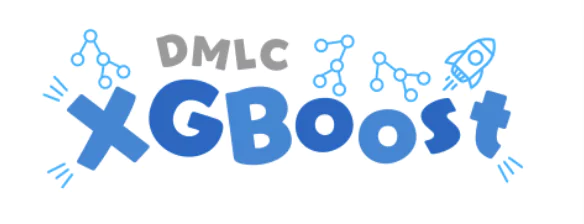
XGBoost is a highly optimised library for boosting algorithms most commonly used in competitions like Kaggle for tabular and structure data format.
5. LightGBM

This free open source library is a distributed gradient boosting framework for machine learning. LightGBM is used by the train using the AutoML tool and is based on decision trees. It is used for both regression and classification.
6. Keras
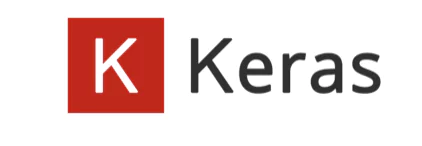
Keras is a beginner friendly high level API which can ship natively inside tensorFlow. With easier and concise syntax and pre-built layers it helps you prototype deep learning models in a few lines of codes.
7. MXNet

MXNet is a highly flexible deep learning framework supported by Apache framework. It is known for its scalability and support for multiple programming languages.
8. SpaCy

spaCy is an open source Python library designed specifically for Natural Language Processing (NLP). It is built for production use for large scale text processing and natural language understanding. It supports tokenization, Named Entity Recognition (NER), lemmatization, multilingual support, and more.
9. Hugging Face Transformers

Hugging face is a widely popular open source Python library where the same code is used to run a model in TensorFlow, JAX, PyTorch, and more. It is used to load a model in two lines and start generating, translating, or segmentation.
10. OpenCV
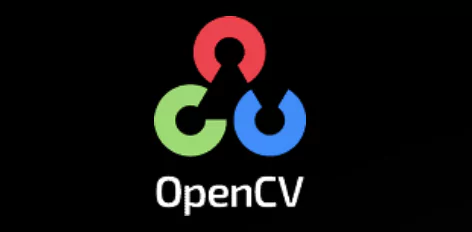
OpenCV is an open source computer vision library which can help you build applications for video processing and real time images. It is originally developed by Intel and is now one of the most widely used libraries for image manipulation, object detection, face recognition and more.
11. NumPy
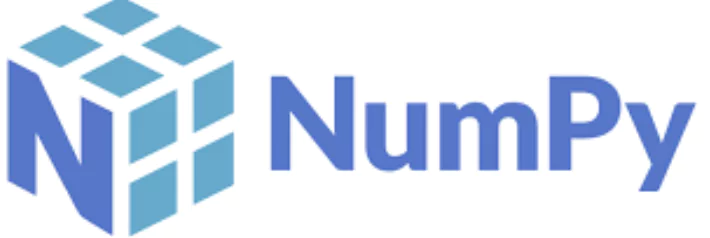
NumPy is a library used for numerical computing in Python programming. It provides support for multi-dimensional arrays and matrices along with a set of mathematical functions to operate on arrays.
How to Choose the Right Python AI Framework?
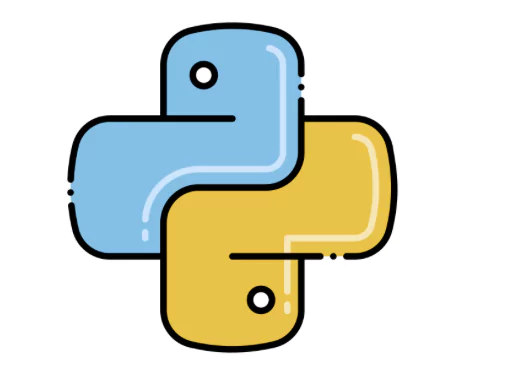
It is important to be very much careful while choosing the right Python ai framework for your project. Let us know some major steps to take care of while choosing your framework.
- For all classical and fundamentals of Machine learning you can choose Scikit-learn Python library.
- If you have to perform deep learning then you need to choose between PyTorch and TensorFlow.
- When you need to choose for Natural Language processing then you can use spaCy and Hugging face transformers for complete work.
- OpenCV and Detectron2 are best for computer vision.
Each framework has its own features and strengths where you can choose the best one based on your needs and requirements.
Machine Learning Fundamentals
Machine Learning is a branch of artificial intelligence which focuses on algorithms that can learn and improve from experience and training. With the help of data decisions and predictions can be made.
1. Supervised learning
Supervised learning is a machine learning algorithm which is trained on a labeled dataset where each input is paired with its corresponding result output. Supervised learning is of two types i,e. Regression algorithms and Classification algorithms.
2. Un-supervised learning
Unsupervised learning is provided with unlabeled data where it finds patterns and relationships within the data. The major objective is to discover hidden structures, relationships, and insights within the data without any prior knowledge on the data.
Natural Language Processing (NLP)
Natural Language Processing (NLP) is a part of Artificial intelligence where it teaches the computer or other smart devices to understand, interpret and interact with human language in speech or text medium. It helps to bridge the gap between human communication and digital data.
NLP is frequently used for tokenization which is breaking raw text into words, sentences, sub words and more. It can also carry out Named Entity Recognition (NER) which is spotting places, people, dates, organisations enclosed or hidden within the text. With the help of NLP you can carry out text summarization which means producing shorter versions of important information.
- First data is cleaned, normalized, and converted from text to numerical form i,e. Tokens.
- You have to choose a model of your choice based on your project’s needs and requirements.
- Now the model is fine tune so it learn languages and patterns
- You will have to train the model on new text than interpret or general output.
Many Python libraries like spaCy, Hugging face transformers, Gensim, and more are used to develop NLP and make it more better while performing its functions.
Best Practices for AI Development With Python
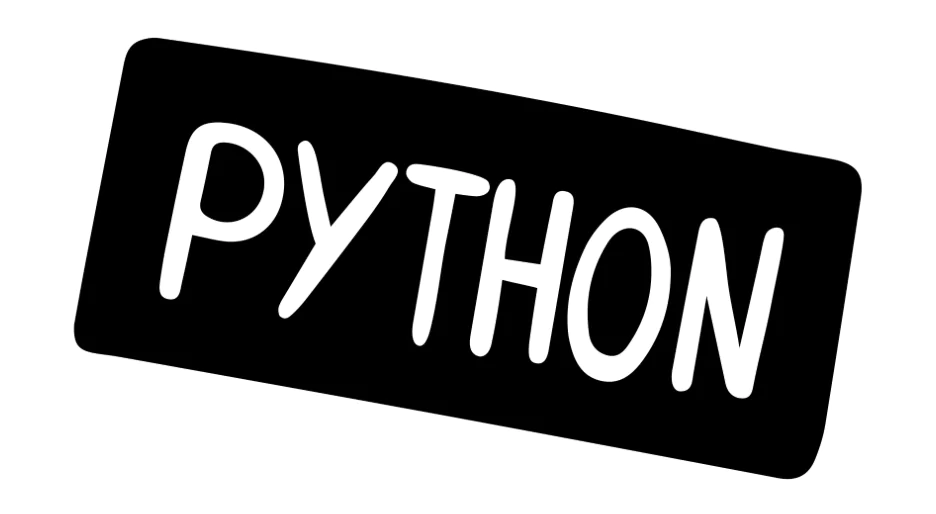
Let us now check some of the best measures we can take to make the best development and productivity with Python programming.
Choose the Right Library
There are many library in Python AI each having its own specific function. It is up to you and your project’s requirement to choose the best one based on your needs. PyTorch is good for deep learning, spaCy is good for Natural language processing and more.
Be familiar with your Data
Make sure you understand the structure of your data format. Also a better and in-depth understanding of data is very much important in AI development. Make sure you handle missing values and keep your data clean and optimised.
Start Simple
Start with simple models before you move to more complex algorithms in Python AI libraries. When starting, a simple model will be easy to interpret and also you can easily debug it without investing a lot of time.
Version Control
You can make use of version control systems to manage your codebase efficiently. This practice helps you track changes and keep a better collaboration with one another.
Common Challenges of Python AI
Let us learn some of the major common challenges faced while integrating Python with AI.
- When you do not have basic knowledge of Python AI and you jump straight into the AI world then things will become more tough and hence make sure you have a good understanding of Python basics, data structures, frameworks and more.
- AI and machine learning both highly depend on problems solving which requires good knowledge of mathematics especially in the area of calculus, statistics, algebra, and more.
- Never avoid data preparation as it is one of the most important processes as model performance depends on it.
- Never leave text and documentation as it can slow down your learning process.
- Do not try to cramp everything in one go. Give yourself time to grasp the concept, do not diversify your mind to multiple processes.
- Theory is important but never ever ignore practical learning skills while understanding Python AI tutorials.
- Make sure you always seek your senior guidance when you are learning during Python AI internship.
Also Read:
- Python API Tutorial: A Beginner’s 15 Steps Guide to Building & Using Effective APIs
- The Ultimate Guide to Python Data Visualization
- Python Type Conversion (With Examples)
- Python String Methods: Complete Overview For Beginners
Learn Python Programming for PW Skills
Boost your Python programming skills with PW Skills Decode DSA With Python Course. This course is suitable for beginners who are completely new in programming and want to build a career as a Python developer and more. If you want to become a machine learning engineer, AI specialist and more this course will help you build job ready skills.
Build capstone projects and gain hands on experience in Python programming. Learn important tools Scikit Learn, TensorFlow, MXNet, NumPy, OpenCV, spaCy and more. After completion of the course you will be ready to discover all new opportunities around this field along with a shareable certification from PW Skills.
Perks of Python Programming Course
- You will be able to build a strong job portfolio with in demand skills and experiences.
- You will get industry based live sessions from industry level mentors.
- Get a complete career assistance with opportunities and a platform to showcase your knowledge and experience.
- Master Python programming language with Coding practice sheets, module assignments and more.
- Learn the practical uses of Python programming languages along with its libraries.
- Build a strong concept using practice exercises and module level assignments within this course.
- Get industry recognised certificates from PW Skills and discover a wide range of opportunities in the design field.
- Get a complete hands on training with our real world capstone projects within this course.
Python AI Tutorials for Beginners FAQs
Q1. What is Python with AI?
Ans: Python AI is the use of Python programming language to develop and implement artificial intelligence solutions. It is a popular choice for AI due to its readability, extensive library support, readability and more.
Q2. Which Python frameworks are used in AI?
Ans: Python ai libraries are Scikit learn, XGBoost, MXNet, Keras, PyTorch, TensorFlow, spaCy, Hugging Face transformer, OpenCV, NumPy, and more. These are some of the most important Python frameworks for AI intelligence.
Q3. Which language is the best for AI?
Ans: Python programming language is considered to be the best medium for Artificial intelligence due to its powerful integration capability and support for machine learning and AI models.
Q4. Is Python easy to learn?
Ans: Python programming language is one of the simplest programming languages due to its simpler syntax, readability, object oriented programming support, and a vast library support.
Q5. Which Python library is used to train neural networks?
Ans: Neural network can easily be build and trained by using the TensorFlow which is developed by Google Brain teams specialising in neural networks, NLP and more.

